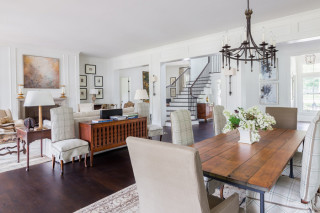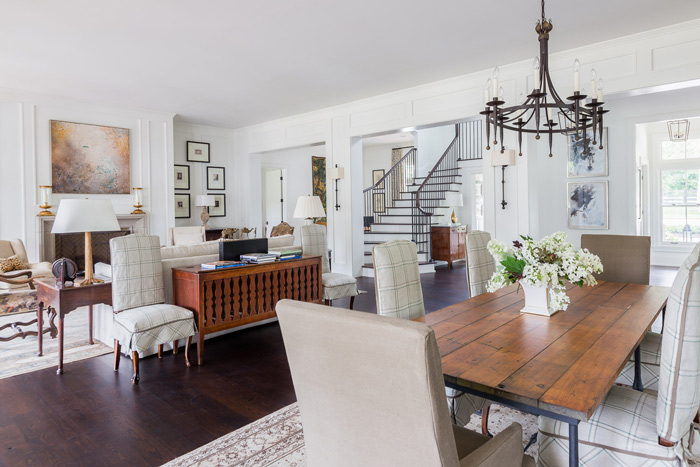The Sustainable & Green Home
Sustainable construction is nothing mysterious. Its most important aspects are some of the same things that define a quality builder.
Green homes, also called sustainable homes, are more affordable than ever. Last year, for instance, a nationwide McGraw Hill study of builders and remodelers found that going green adds an average of just 7% in cost to a project, compared to 11% six years previously.

Part of the reason for this growing affordability is that there’s more widespread agreement on what makes a home truly sustainable. It turns out that you don’t need an organic concrete foundation or a $40,000 solar electric roof array. The most important qualities of a green home — those that offer the most positive environmental impact — are the same qualities most people look for in a new car: low maintenance and maximum efficiency.
Achieving this isn’t brain surgery; instead, it’s a matter of good, basic design and construction. The areas that provide the biggest bang for the buck are design, materials choice, durability, and the efficient use of water and energy.
Thoughtful Design: Even a large, complex home can be sustainable, if it uses the floor plan in a very efficient way, with elements such as cleverly designed spaces that serve multiple purposes. And the floor plan will be such that it’s efficient to heat and cool. For example South-facing glass helps reduce heating and lighting bills by bringing ample daylight and solar energy into the home.
Wise Materials Choice: Virtually every manufacturer wants to label its products as green, but look for third party verification from a reputable organization – GreenGuard, Leadership in Energy and Environmental Design (LEED), or ENERGY STAR, for example. Also consider maintenance; for instance a decking product that has to be refinished every year may use materials over time that are potentially harmful to the environment and require time, energy and dollars to maintain.
Minimal Waste: In some parts of the country, 40% of landfill volume is from construction debris. Much of this can be avoided. A well-managed project minimizes the amount of waste sent to the landfill, and saves you money in the process.
Long-Term Durability: This is a huge part of sustainability: a home that doesn’t need rebuilding or repairing will use fewer resources over time. When it comes to durability, Job #1 is keeping water out of the structure. That’s why, as a professional builder, we make sure our crews understand proper flashing details, use quality building wrap beneath our siding, carefully seal penetrations like plumbing vents and inspect everything before installing the siding.
Attention to Detail: Good exterior details go a long way toward reducing long-term maintenance costs. For instance, adequate roof overhangs and properly sized gutters keep water from running down the wall, where it could work its way behind the siding. Sloping the surrounding ground away from the house helps keep slabs and basements dry.
Water Efficiency: Reducing water bills is easier than ever. For instance today’s WaterSense rated plumbing fixtures are rated for water savings as well as performance. That means a quality low-flow showerhead can now deliver the same experience as the old full-flow models.
Energy Efficiency: The most oft-cited benefit of green construction is the promise of energy savings (the equivalent of higher gas mileage). But while homes have gotten more efficient on paper, many aren’t performing better than the average home built a decade ago.
The key to getting high performance is to hire a builder who pays attention to detail. For instance, thicker insulation will only deliver its benefits if properly installed. The builder has to make sure that there are no gaps in the insulation, that it fills the entire cavity and the surrounding structure is properly sealed against drafts.
None of these systems and strategies is very sexy, but good design and detailing have a big payoff: a home that’s more efficient, more durable, and less costly to run. And of course, it’s also a more pleasant place to live.

